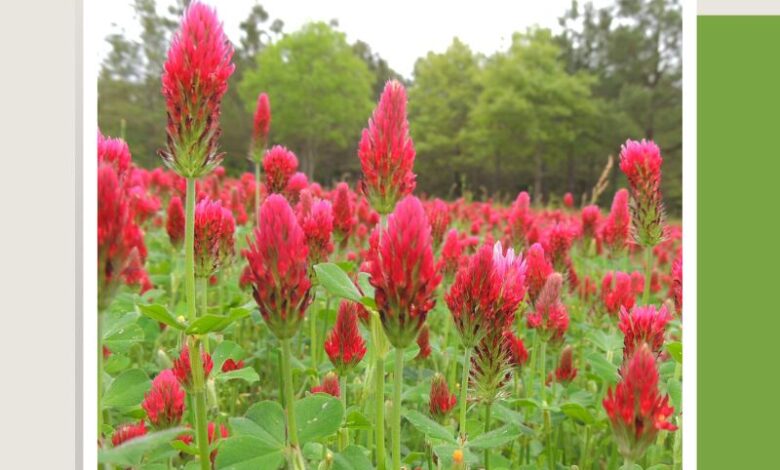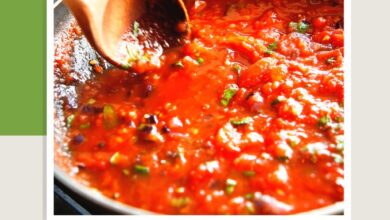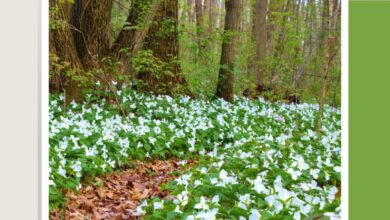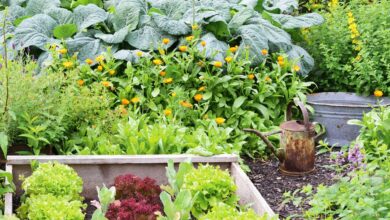Cover Crops On The Local Farm

I have never experimented with cover crops in my own garden, but I recently learned all about them on a tour. I have a share in a local teaching farm run by Michigan State University. I get part of the harvest each year. On a tour of the farm, I found out how and why they use cover crops to grow more veggies for us shareholders.
Using Cover Crops
The tour of the farm was fascinating, especially as a gardener. I learned a lot about small-scale farming and how much work goes into growing my vegetables. One topic dealt with cover crops.
I already knew something about the practice of sowing a cover crop, but my knowledge was limited. A cover crop is a plant used to cover a field after a harvest. It is often a legume or a grass.
Benefits of Cover Crops
My primary understanding of why the farm would use a cover crop before the tour was to enrich the soil. You sow the seeds after the harvest, let the plants sprout and grow a little, and then turn them into the soil to act as a fertilizer or compost. What I didn’t know was that cover crops provide many more benefits:
- They reduce or prevent erosion in the soil. They generally help the soil and other crops better cope with unpredictable changes in rain, from downpours to drought.
- Cover crops improve overall soil health after other crops have depleted it of nutrients.
- If using legumes, like vetch or clover, the cover crop fixes nitrogen in the soil.
- A bare field will start to grow something, whether you like it or not. Putting in specific cover crops gives farmers the choice of what to grow and helps smother weeds.
- Cover crop roots help break through soil that has been compacted by plows and other equipment.
- Cover crops attract beneficial pollinators to the area.
Cover Crops Used on the Farm
My local farm is a teaching farm that educates agriculture interns. They experiment with different crops and methods, including cover crop types. During our tour, the farm manager talked about using the following:
- Clover and vetch The farm has used both of these cover crops in the past because they are nitrogen-fixing legumes and attract pollinators.
- Annual ryegrass They have also experimented with ryegrass, which forms a very dense cover. The farm manager explained that this cover is best for preventing erosion and smothering weeds. One issue, they pointed out, is that compounds in ryegrass can prevent smaller vegetable seeds from germinating.
- Winter wheat Winter wheat is cold hardy, so it grows longer into winter than other plants and comes back in early spring. For this reason, it’s a good option for plants that go in the ground in late spring, like tomatoes and peppers.
Learning more about cover crops and how they help grow my own produce was interesting. I hope to be able to use this expert information one day when I have more room for a vegetable patch.
Source link






